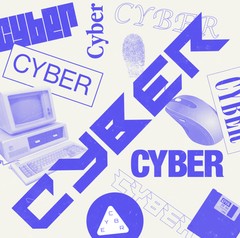Image: SAUL LOEB/AFP via Getty Images
Hacking. Disinformation. Surveillance. CYBER is Motherboard's podcast and reporting on the dark underbelly of the internet.
Advertisement
A cybersecurity expert who advised the House and Senate IT on securing their networks, and served as a DHS advisor, said that he was not too worried "about the operational security implications of the yokels who took selfies and bragged online about their miscreance."The expert, who asked to remain anonymous as he was not authorized to speak about the work he did for the government, said that the Capitol's systems "have pretty solid endpoint protections. And I'm pretty sure there will be a review/sweep, but because of the ad hoc fragmentation of Capitol systems management it might take weeks."
Advertisement

